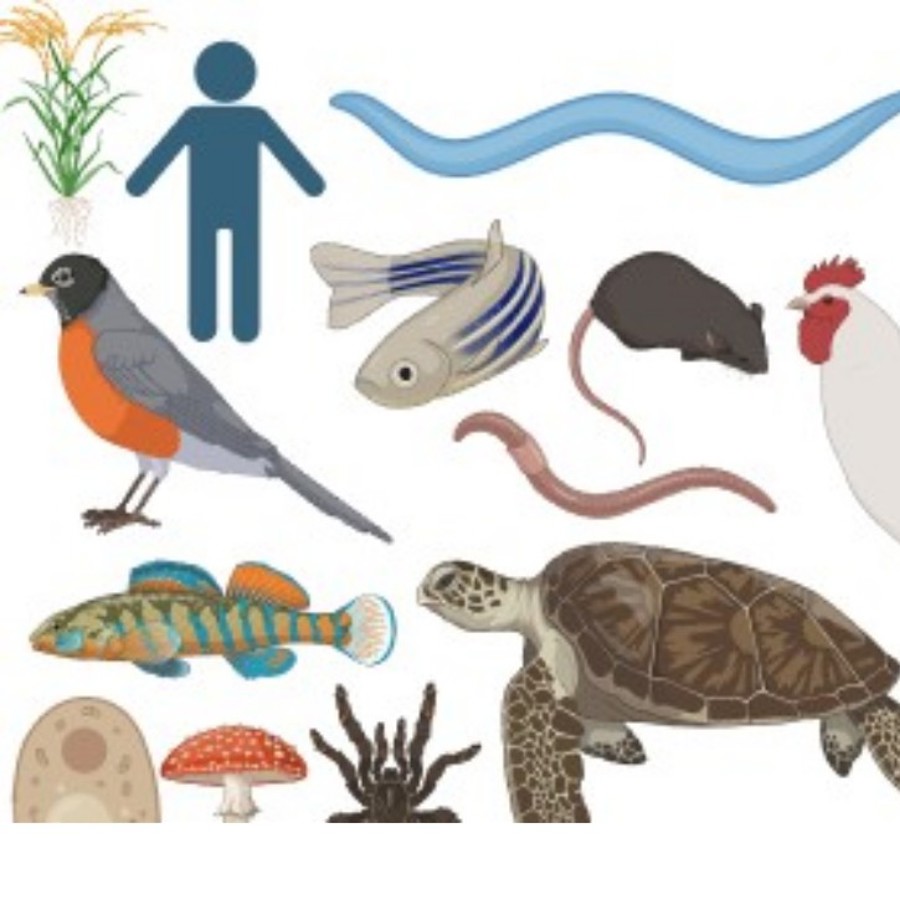
Humans vs birds: who is evolving more rapidly?
August 14, 2025

- Related Topics:
- Evolution,
- Genetic variation,
- Human evolution
A curious adult from Earth asks:
"I wonder for instance why for example the bird the robin stays so constant over time in the sense of evolution whereas humans evolve so rapidly."
What is evolution?
Evolution, or genetic changes in a group of organisms over time, was famously described by Charles Darwin in The Origin of Species (although the theory itself existed long before Darwin).1 What exactly do we mean by “genetic changes in a group of organisms?” Well, traits, such as height or hair color, can be passed on from parent to child in all living things. If some traits are passed on more often than others, then those traits will become much more common in a population over several generations. Similarly, if someone is randomly born with a new trait, and they pass on that trait to their offspring, and those offspring pass it on to their offspring, now a new trait has emerged in the population.
Evolution, the passing on of certain traits from generation to generation, does not happen by itself. It depends on other processes, which include natural selection, genetic drift, mutation, and gene flow.
Natural selection is the process through which certain traits are more likely to be passed on over time because they increase a living being’s chance of survival or the likelihood that they will have offspring.
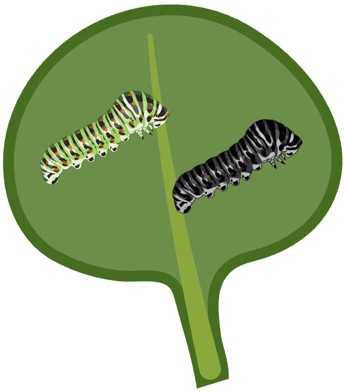
Genetic drift is the process by which a certain gene or genes that cause a specific trait become more common in a population due to random chance. This happens most often in small populations with little genetic variation.
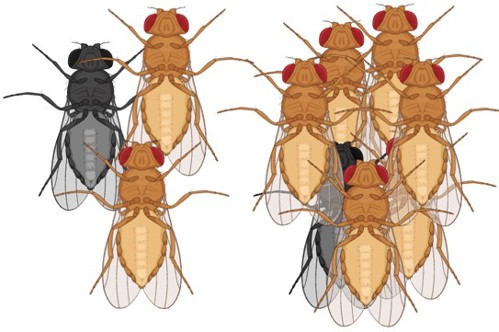
Mutations are random, often rare, changes in a gene or genes. These can happen when our cells make a mistake or when they are damaged.

Gene flow describes the movement of genes from one population to another, which can happen through migration or gene transfer.
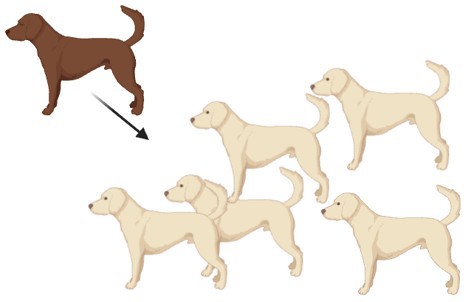
What changes the “speed” of evolution?
Evolutionary “speed” can be defined in many different ways. Is it how quickly a trait changes over time? If so, how much does the trait need to change?
Is it rapid evolution if there are many young species rather than a few old species? What if the old species has many different populations that are rapidly changing but have not yet become their own species?
What if the trait remains the same but the gene or genes that cause it have changed? We might not be able to observe this type of rapid evolution without a DNA analysis.
How we define the “speed” of evolution depends on the type of question we would like to answer. However, there are some things known to affect how quickly a living being will evolve. For example:
The strength of natural selection. If a trait has a strong effect on survival or reproduction, then it can quickly spread over a few generations.
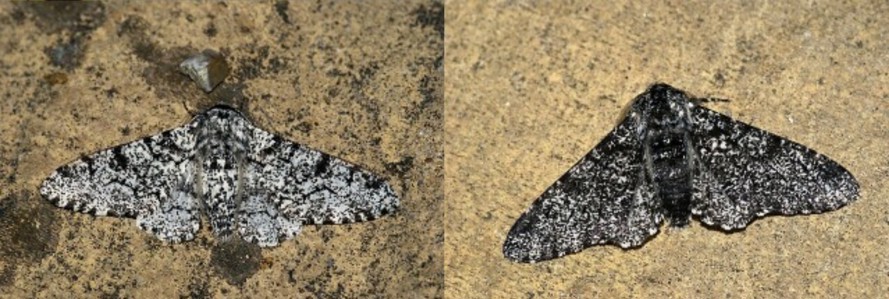
The rate of mutation. Some species have higher mutation rates than others.2 The frequent introduction of new or different genes creates a higher probability that a population will change over time.
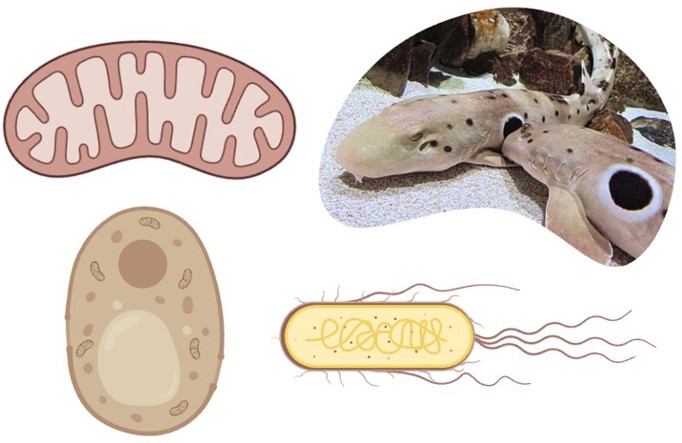
The strength of gene flow. Like higher mutation rates, stronger gene flow can add new or different genes to a population.
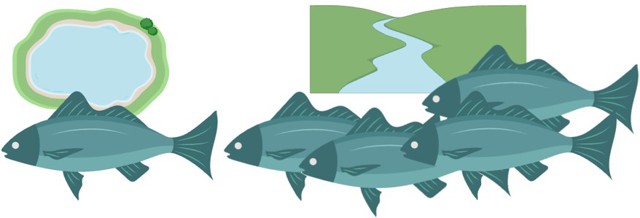
Are humans evolving more rapidly than robins?
The American robin (Turdus migratorius) is one of 86 currently recognized species of thrushes6. Thrushes, as a group, are estimated to be approximately 9.3 million years old, while the American robin is 3-4 million years old. In contrast, our closest relatives of the genus Homo are estimated to be approximately 2-3 million years old7 and Homo sapiens, or modern humans, are less than 1 million years old. It is important to remember that these are estimates! They are constantly changing as more fossils are found and technology improves.
Similarly, it is difficult to know how many species of ancient humans there once were, given that modern humans are the only remaining survivors of this group. As of 2019, seven species of Homo have been described, although this number is highly contested!
If each species of thrush evolved at the same rate, then a new species of thrush would have evolved every 100,000 years. If that were true for humans, then a new species of human would have evolved every 500,000 years. This would make thrushes a more rapidly evolving species than humans.
However, there is no standard evolutionary rate, even within a closely related group! This means that many species of robin may have evolved before 2 million years ago, or many species of human may have evolved less than a million years ago. To be able to tell these and other scenarios apart, we use genetic data and fossils to reconstruct the history of evolution.
How different are ancient robins from modern robins? What about humans? It is rare for scientists to know the exact ancestor of any given living thing. Instead, they sometimes look at the oldest species within a group and assume that they are the most similar to their ancestor (although this is not always the case!). The Song Thrush (Turdus philomelos) is estimated to be the oldest thrush, and it differs from the American robin in feather patterns, beak color, and its home environment. Homo habilis is considered to be the oldest human and was much shorter, with a smaller brain case, than modern humans.8

When observing the “ancient” robin and human, you’ll notice that the Song Thrush is more different from the American Robin than Homo habilis is from Homo sapiens, at least in coloration. Patterns and colors play a big role in the survival and reproduction of birds. The color of their feathers helps them find a mate and hide from predators. In contrast, modern and ancient humans largely differ in their anatomy. We have a larger skull, joints and bones that are better-suited for walking on two feet for long distances, and are taller which helped us move from forests to grasslands early on. These changes, particularly having more space for our large brains, have led to the mass migration of humans all over the world and our development of language, culture, and technology.
So, if the “speed” of evolution is determined by change, then perhaps humans have evolved faster. After all, we have changed dramatically over only 1 million or so years compared to the six million years among thrushes. However, without an understanding of the genetics of these traits, it is not possible to determine whether some traits are easier to change than others, which would impact the “speed" at which we can see these changes happen. Ultimately, the “speed” of evolution relies on the details of our question - are we interested in one gene? A trait? A species? Or even an entire class of living things?

Author: Nim Robles
Nim is a Ph.D. student in the Department of Biology, studying how hybrid incompatibilities influence speciation in Molly Schumer’s laboratory. Nim wrote this answer while participating in the Stanford at The Tech program.
 Skip Navigation
Skip Navigation
